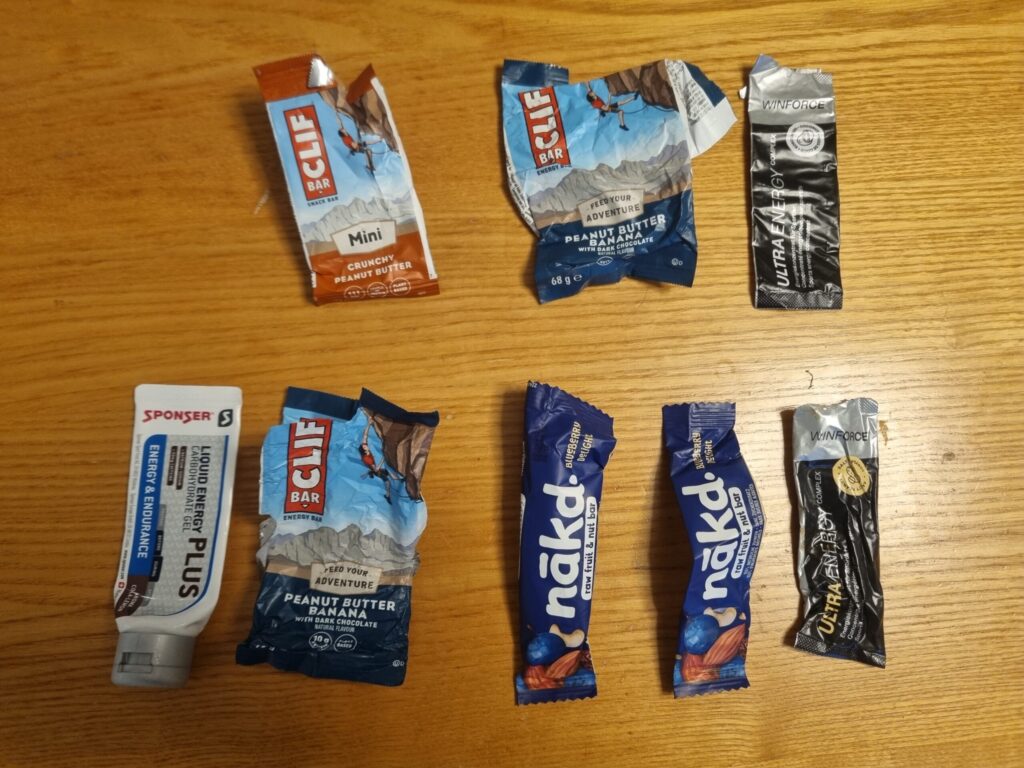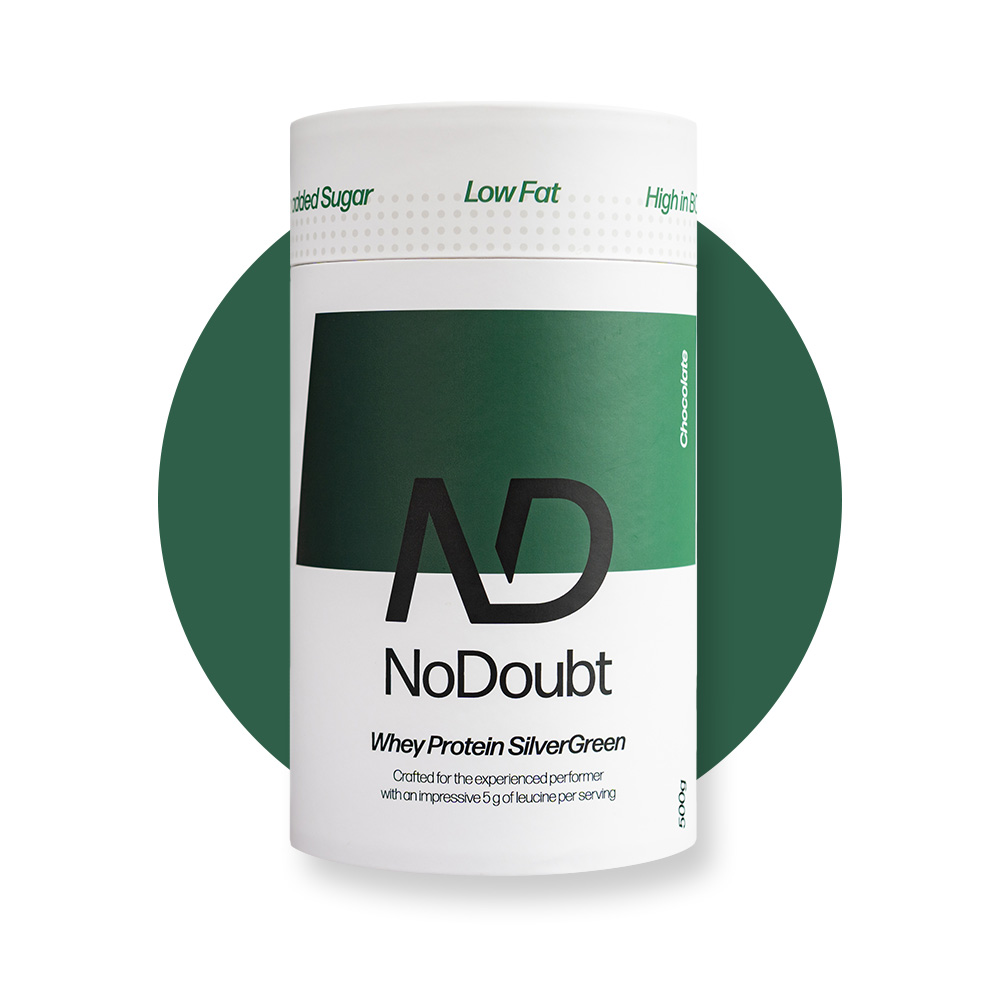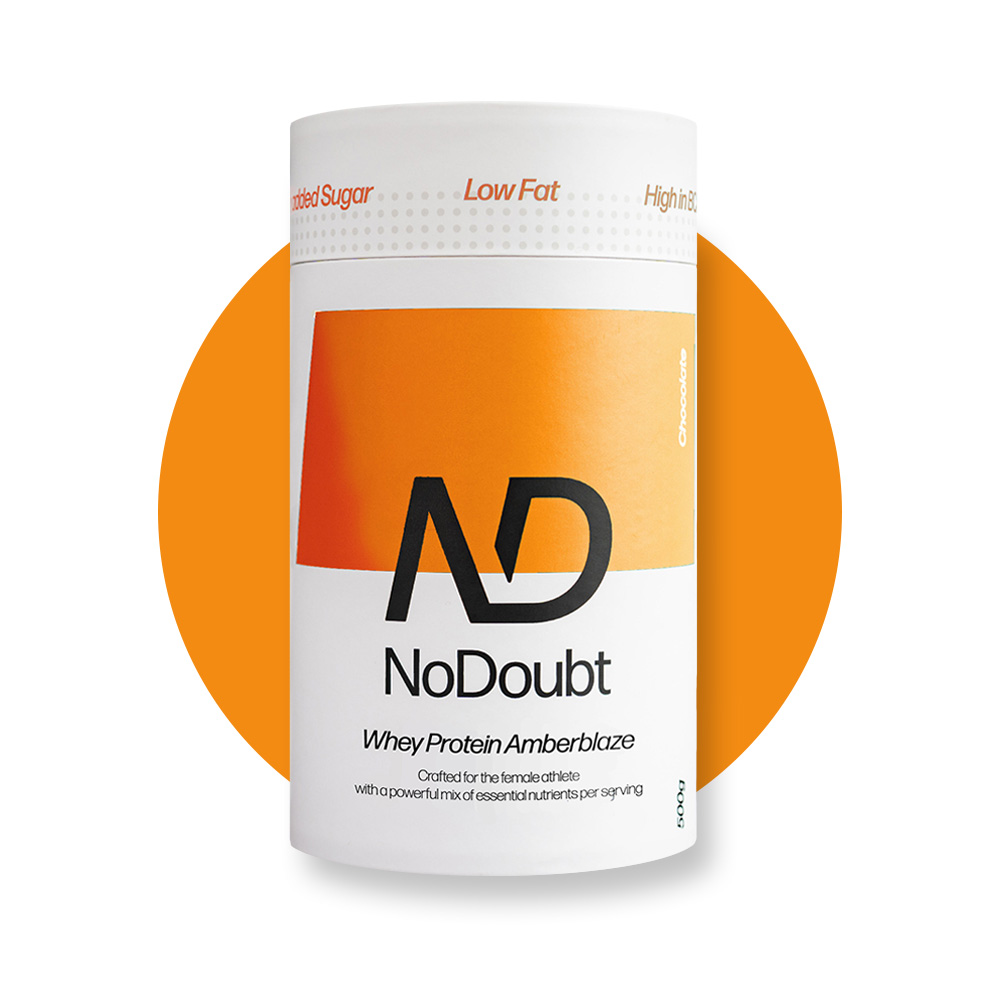No fat oxidation training during high intensity – or in the luteal phase
Fat oxidation training is only suitable for low-intensity endurance work. As soon as intervals, sprints, or VO₂max sessions are involved, carbohydrate demand spikes – regardless of cycle phase.
In the luteal phase especially, stress reactivity is heightened and energy needs increase.
Any kind of Train Low – whether through carb restriction or fasted sessions – becomes risky here.
Instead, focus on low-intensity sessions, targeted strength training, and full fueling support.
Fat oxidation – yes, but not always
Train Low isn’t a lifestyle strategy. It’s a targeted tool. And like any tool, it works only when used at the right time, in the right context – especially for women.
The follicular phase is the optimal window: the body is primed for metabolic adaptation and less vulnerable to stress – as long as protein is included and energy balance is respected.
In contrast, the luteal phase demands energy availability, recovery, and hormone support.
Who benefits most from fat oxidation training?
Women training for long-duration, carbohydrate-depleting events – such as multi-day cycling races, ultramarathons, long-distance triathlons, or alpine traverses – absolutely need a well-developed fat metabolism.
In these races, glycogen stores simply don’t last. The ability to efficiently tap into fat is a cornerstone of endurance and performance.
For women like Clarissa taking on Ride or Die, strategically implemented fat oxidation training isn’t a liability – it’s a long-term advantage.
Conclusion: Nuance over generalization
Fat oxidation isn’t off-limits for women. But it’s also not a universal solution.
The current scientific evidence is clear:
Women can train fat oxidation – but they must do it with intention.
✅ In the follicular phase
✅ Never fasted – always with protein
✅ Only at low intensity
Clarissa’s journey shows what’s possible when women train with their physiology, not against it.
Not less – just different.
Not controlled – but understood.
Not restrictive – but strategic.
‘Train Low’ isn’t a limit. It’s a tool. And used wisely, it becomes a strength.
References
Carter, S. L., Rennie, C., & Tarnopolsky, M. A. (2001). Substrate utilization during endurance exercise in men and women after endurance training. American Journal of Physiology-Endocrinology and Metabolism, 280(6), E898–E907.
Mountjoy, M., Sundgot-Borgen, J., Burke, L., et al. (2014). The IOC consensus statement: Beyond the Female Athlete Triad—Relative Energy Deficiency in Sport (RED-S). British Journal of Sports Medicine, 48(7), 491–497. https://doi.org/10.1136/bjsports-2014-093502
Sims, S. T., Kerksick, C. M., Smith-Ryan, A. E., Janse de Jonge, X. A. K., Hirsch, K. R., & Arent, S. M. (2023). International society of sports nutrition position stand: Nutritional concerns of the female athlete (Article 2204066). Journal of the International Society of Sports Nutrition. https://doi.org/10.1080/15502783.2023.2204066
Sims, S. T., & Heather, A. K. (2018). Myths and Methodologies: Reducing scientific design ambiguity in studies comparing sexes and/or menstrual cycle phases. Experimental Physiology, 103(10), 1309–1317. https://doi.org/10.1113/EP086797
Sims, S. T., & Yeager, S. (2016). ROAR: How to Match Your Food and Fitness to Your Unique Female Physiology for Optimum Performance, Great Health, and a Strong, Lean Body for Life. Rodale Books.
Tarnopolsky, M. A. (2008). Sex differences in exercise metabolism and the role of 17-beta estradiol. Medicine and Science in Sports and Exercise, 40(4), 648–654. https://doi.org/10.1249/Mss.0b013e31816212ff




